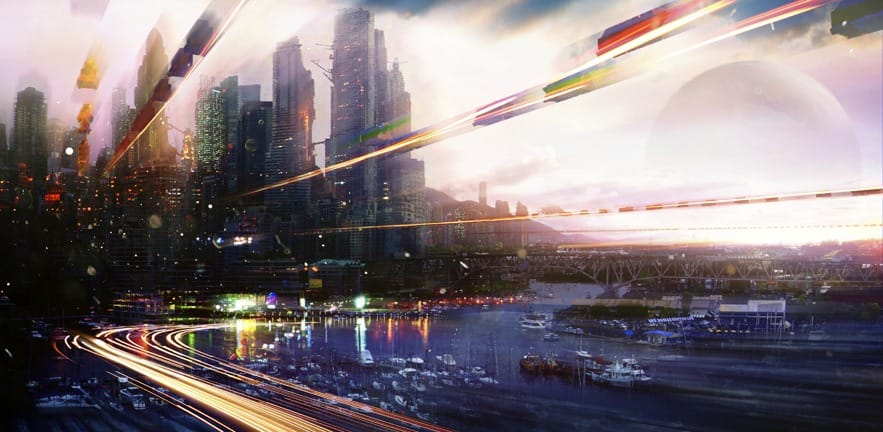What will the world’s economy look like in 2050? Michael Kitson, Senior Lecturer in International Macroeconomics at Cambridge Judge Business School, says it will be bigger, but will it be better?

In light of some troubling headlines from across the world, it’s easy to take a pessimistic view of the future of the global economy. But there are reasons to be positive about the prospects for economic growth in the first half of this century.
So what will the global economy look like in 2050? Nobody can be sure, but there are four key factors that will drive the economy in the next 30 years or so.
1. The spread of new technology

Sustained economic growth is a relatively modern phenomenon, which only really began at the end of the 18th century at the start of the industrial revolution, but history has shown us the importance of new technology, and ideas for its use, as a driver of long-term growth.
One of the most important reasons that the UK was the first nation to industrialise was that the use of new technology spread across the country. Steam power, for example, was developed to pump water out of tin mines in Cornwall, but became the foundation of huge advances in factory machinery and transportation throughout Britain.
And that trend is as important today as it ever was – the development and diffusion of innovation in technology and business models will be the most important drivers of economic productivity between now and 2050. And the sectors likely to grow most rapidly include healthcare and education, because as people get richer they want to live longer, better lives and to give their children more opportunities.
Most growth in the world economy, then, will come from productivity growth, driven by innovation. However, it can take a long time for new technology to have a major impact. For example, use of IT became widespread in the US during the 1970s and 1980s, but not until the 1990s did this change create a surge of economic growth, based in large part on the diffusion of technology into sectors such as wholesale trade, retail trade and financial services.
2. China and India – awakening the sleeping giants
PricewaterhouseCoopers forecasts, based on World Bank data, suggest China will have the biggest economy in the world by 2030 and certainly by 2050. China’s economy will then be around five times its current size. Meanwhile, India can expect its economy to be eight times larger in 2050 than it is today. These economic powerhouses will become even more influential regional and global engines of innovation, productivity and growth.
3. The rise of other emerging economies
The BRIC countries, including China and India, may well be important drivers of long run economic growth in the years ahead and they will be joined by other emerging economies, in South America, south-east Asia and Africa, which will experience significant catch-up economic growth.
The rise of these new economies will intensifying global competition, including competition for resources. A pessimistic view would suggest this will lead to rising unemployment and inequality in western countries, but a more optimist, perspective suggest that the growth of these markets will help western economies too.
4. Growth in the western world
While there will be continued rapid growth in Asia and South America, it seems likely that average per capita prosperity will remain highest in Europe and North America: the US economy may be 2.5 times larger in 2050 than it is in 2014. And average per capita prosperity will be higher in the G7 and other advanced economies than in the BRICS and other industrialising countries.
All that said, this isn’t, of course, a universally rosy picture. We are likely to see major social and political problems associated with widening income disparities and persistent poverty between and within countries. There is also the damage to the environment caused as a consequence of economic growth to take into account. And it is also important to ask whether a return to strong economic growth will automatically improve quality of life?
By 2050 the world economy will be much bigger – but perhaps a more important question is: will it also be better?
Michael Kitson is a University Senior Lecturer in International Macroeconomics, Assistant Director of the Centre for Business Research (CBR) and Hub Director of the UK-Innovation Research Centre. He is Director of the Management Studies Tripos and Deputy Director of the Cambridge MBA.
He will be expanding on these themes, and more, at his Cambridge Judge Business Briefing, Future Prospects for the World Economy: What Will the World Economy Look Like in 2050?, at the Cornell Club in New York on 10 November 2014.

